by Mike –
Minivans are not normally the subject of My Car Quest but for the Stout Scarab I am making an exception.
The Stout Scarab incorporated design features found in airplanes because the creator, William Stout, had been an aircraft designer for Packard during WWI.
It looks like a beetle, the bug, and maybe non-coincidentally like the Volkswagen Beetle. It uses a rear-mounted Ford 221 cid flathead V8 engine producing 85 hp. The fenders were incorporated into the body and thus running boards were not used, a major change from other cars of the 1930s.
The Scarab design eliminated the chassis and drive-shaft which resulted in a flat floor in the interior, so with the engine in the rear there is much more room inside.
The Scarab’s body was styled by John Tjaarda, an aeronautical designer, and resembled an aluminum aircraft fuselage. The streamline design reduced air resistance and improved drivability.
Only nine Stout Scarabs were produced in the early to mid-1930s and cost $5,000 when new and this very high price may partially explain why it was not a market success. The radical looks may be another reason, although today these looks would be an asset, in my opinion.
Stout Scarabs were hand-built and no two were identical.
An experimental prototype of the Scarab became the world’s first car with a fiberglass body and the first fully functioning air suspension, originally developed in 1933 by Firestone.
I think it is possible that the Stout Scarab had an influence on Dr. Hans Ledwinka the designer of the Tatra T87. The Stout Scarab was designed in the early 1930s and the Tatra T87, shown below, was designed in 1947. Both had rear mounted engines with streamlined body styles that were ahead of their times.
In this short video below you see a Stout Scarab in motion.
Let us know what you think in the Comments.
Stout Scarab photos by Michael Furman.

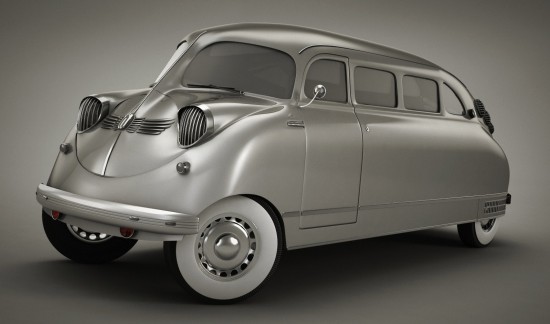
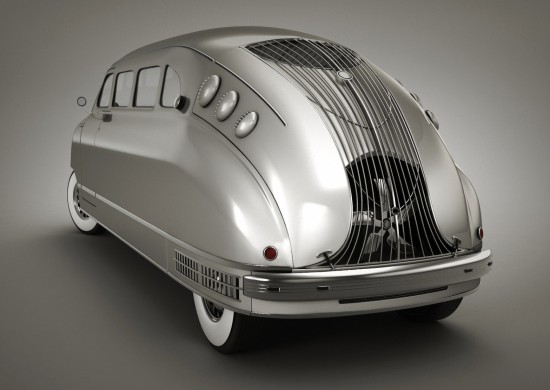
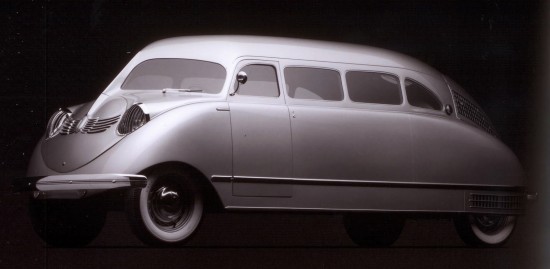

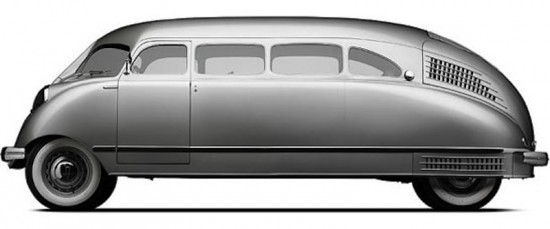
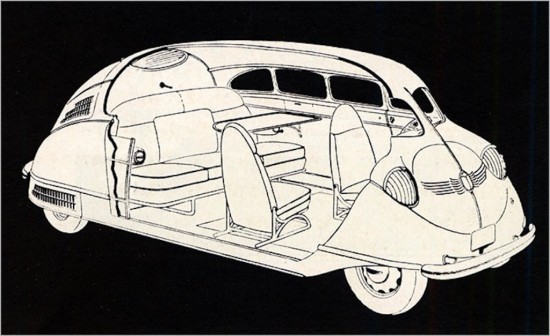
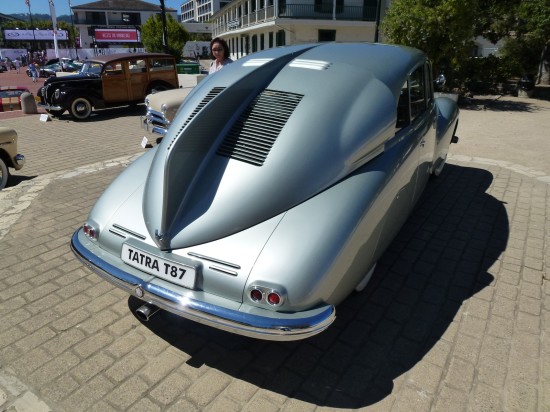
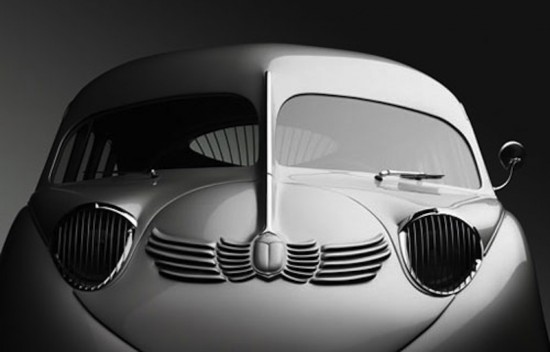


Watch out for Fiat 600/D Multiplas!
You will see lots of similarities!
Ciao
Thomas
You are right! Fiat liked the design of the Stout Scarab too.
~ wiki says; ‘Stout owned and drove his own Scarab, accumulating over 250,000 miles in travel around the United States’.
that is very impressive for any car of the ’30s whether hand built by an engineer or mass produced.
~ Mike, this :50 second video is fascinating at the very least.
http://www.youtube.com/watch?feature=player_embedded&v=FilKe-N8oSc
sc
Cool video scot , thanks.
Fun article. Are any of these still drivable? Seems like it could could be a show stopper.
Thomas,
I suspect the one in the photographs is drivable but I have not seen one in person. Look at the video scot linked to.
The Petersen museum has one on display. Just in that one room there are several magnificent silver cars as well Just going in the lobby there are a number of breath taking cars too! The Petersen is definitely worth the price of admission….
These were built during the golden age of streamlined design during the 1930’s. Look at the Chrysler Airflow produced during the same period. The design was so radical and advanced that the car was a complete flop. Chrysler had to rush into production conventional looking cars to save the company from ruin. Very often, the public cannot accept advanced and radical design too far askew from the conventional.
ledwinka’s Tatra was late thirties and many became Nazi Staff cars until decreed to be death traps of vicious oversteer.